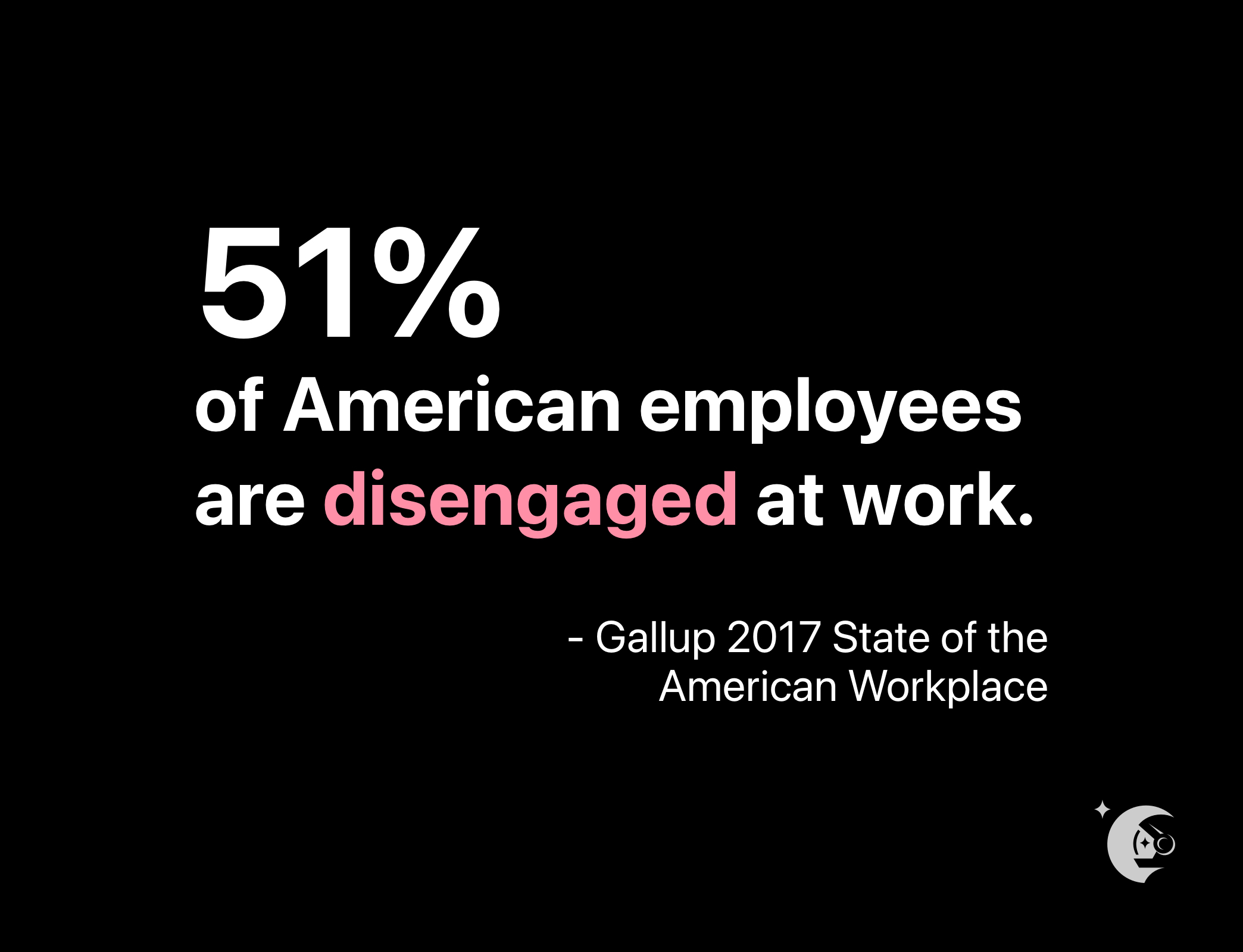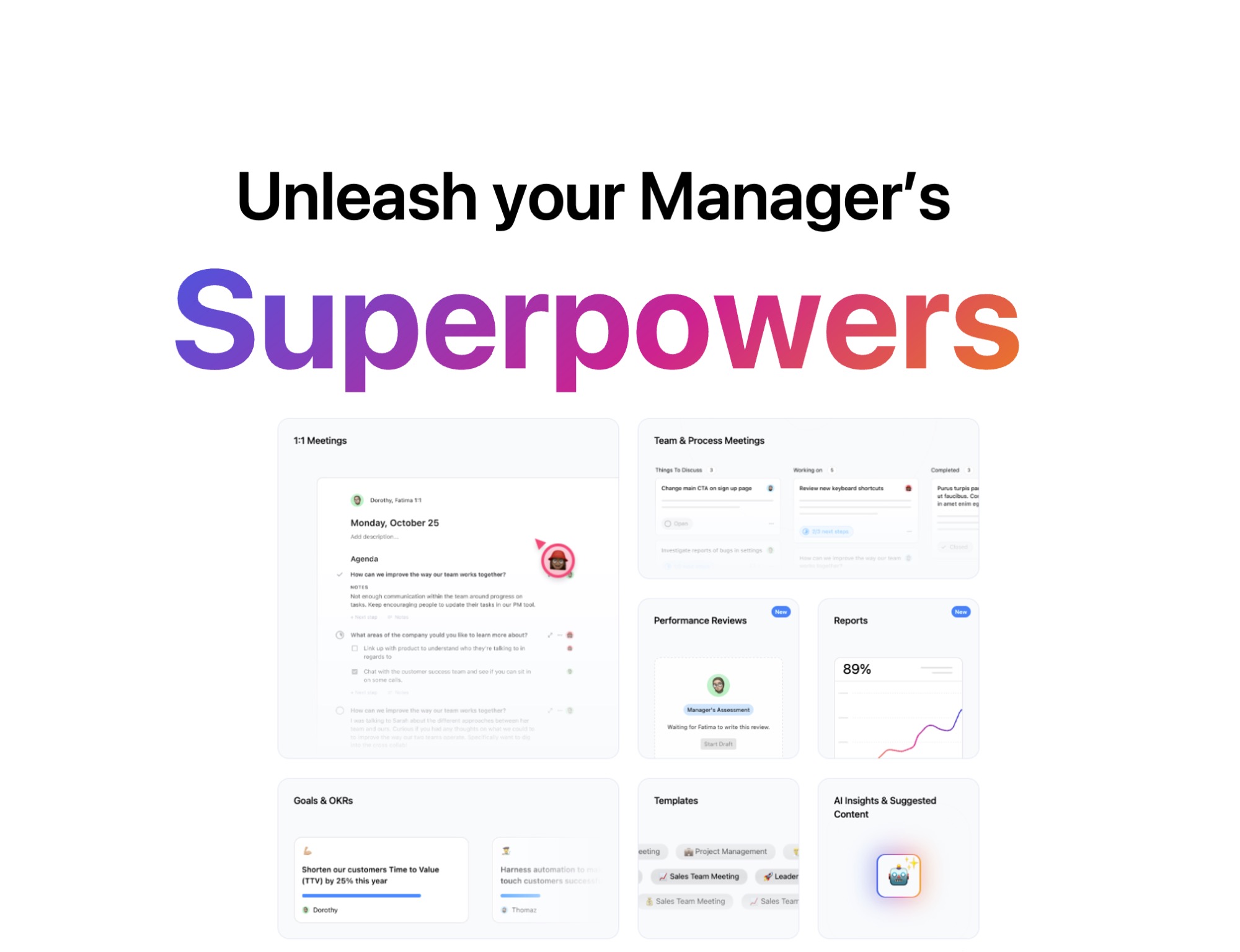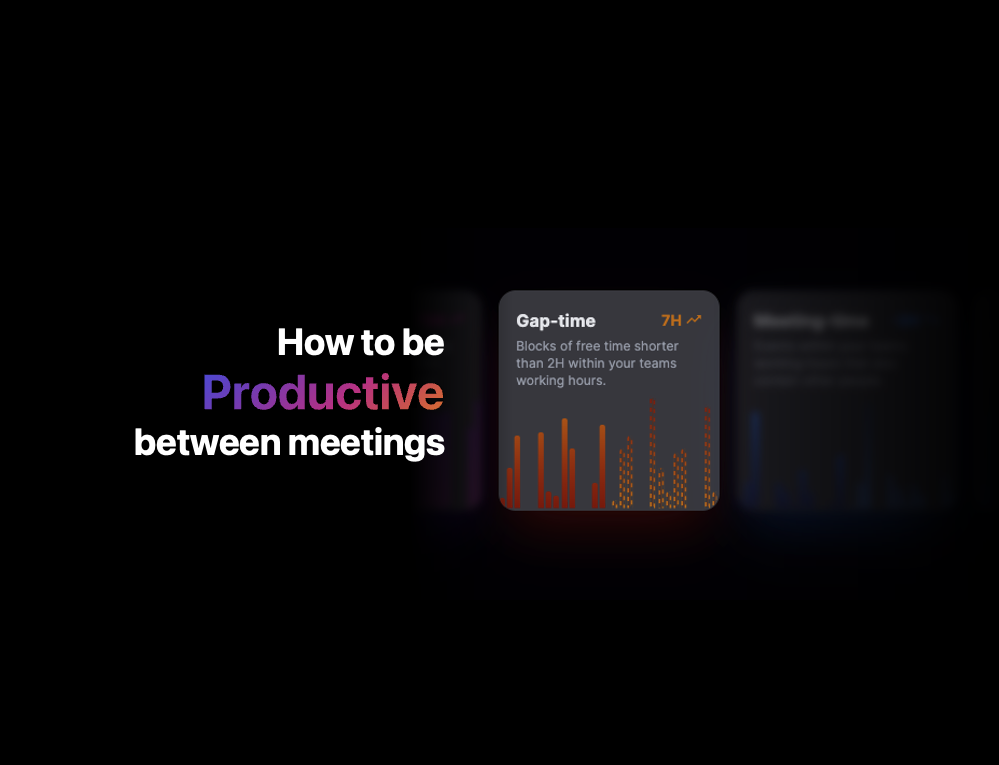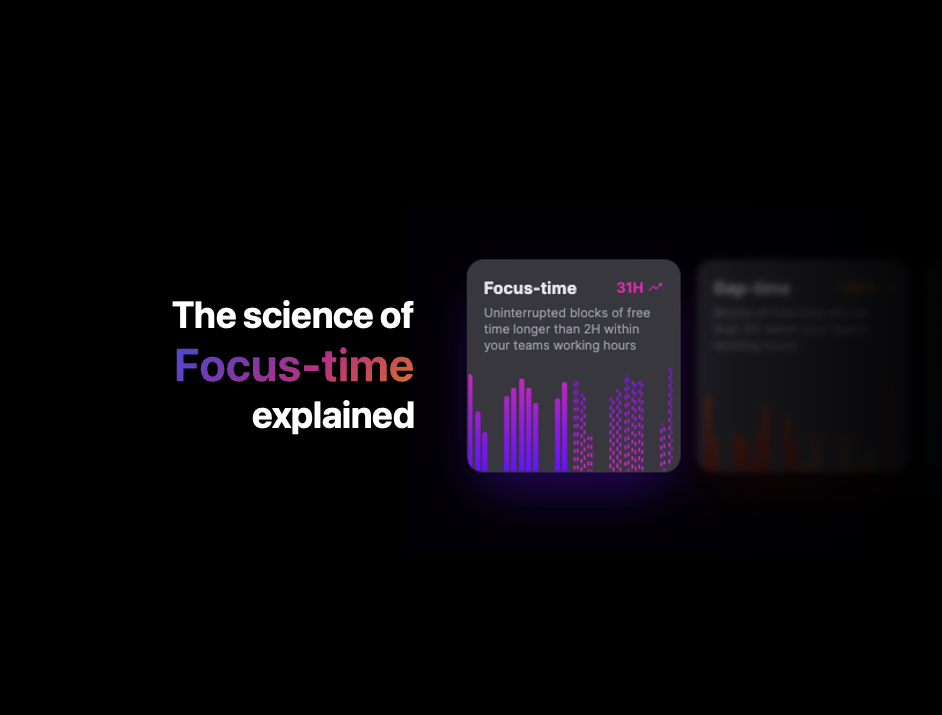Avoiding disengagement in hybrid teams: 5 Tips from the frontline
7 min readAs we move to hybrid work models, teams are more at risk of employee disengagement. In this article, Nudge’s Paige Magarrey shares tips from deskless workers on how to manage engagement amidst this change.

Show me a leader that hasn’t battled employee disengagement – I dare you. Having at least a few disengaged team members is a tribulation that every company faces. But over the past two years, when offices were suddenly shuttered and employees forced to go remote at a moment’s notice, identifying and addressing disengaged employees became far more…complex.
And while many organizations have moved back into the office, there’s a new normal: a blended model with employees working in-office alongside employees working remotely. These new hybrid teams allow workplaces to offer a higher level of flexibility to their workers – not to mention source top talent from all over the world. But managing hybrid teams also comes with its own unique set of challenges when it comes to employee disengagement.
Particularly for companies new to the hybrid game, disengagement can rear its ugly head in many ways, from a lack of culture to disjointed collaboration. Disengaged employees in hybrid teams might not have access to the tools and resources they need; they might be suffering from fractured communication or a lack of information; Or they’re burnt out, with a poor work/life balance and no sense of work community.
McKinsey put it best in a recent article:
“A hybrid model is more complicated than a fully remote one. At scale, using it will be an unprecedented event in which all kinds of norms that have been accepted practice for decades will be put to the test. Leaders are a long way from knowing how it will work.”
– McKinsey & Company
We’re still finding our way, but leaders managing hybrid teams must start addressing their disengaged employees. A Gallup poll revealed that 51% of American employees were disengaged, with another 16% actively disengaged. That 16% alone costs the United States between $483 billion to $605 billion each year in lost productivity. And don’t overlook the risk of turnover – Microsoft’s recent Work Trend Index found that 40% (!!) of the global workforce is considering leaving their current employer.
In other words: you can’t afford a disengaged team.
That’s where Nudge comes in. As a frontline communication platform, we’ve spent the past decade working with frontline industry leaders in retail, foodservice, hospitality – organizations where the workforce isn’t in front of a computer all day. While frontline workers require a different approach to engagement and internal communication, we have a few tips to share with our deskbound compatriots as they navigate this new hybrid world.
Here are 5 tricks from frontline organizations to address disengaged employees in hybrid teams.👇
1. Audit your communication and feedback channels
A common discovery that frontline organizations make is that a major part of their workforce can’t even access their communication and feedback channels.
Access to communication channels is a great place to start when looking to address employee disengagement on a hybrid team. There may be a discrepancy between which communication methods in-person and remote employees use. Plus, two-way communication is often cited as one of the major factors driving employee engagement.
Review your channels to ensure every member of your team can use them regularly – no matter where they are (that means replacing any channels that are only accessible at the office). From there, you can look for ways to boost engagement in these channels through bite-sized info, engaging visuals, and gamification (who doesn’t love collecting points?).
2. Share, share, share!
One of the things we hear from frontline teams time and time again is that they’re chronically hungry for more information. The same is true of hybrid teams, where a segment of your workforce isn’t in-office for the water-cooler chats and ad-hoc meetings – which can lead to disparities in who gets what information.
“Eliminate ambiguity,” says Fast Company in its recent post on managing hybrid teams:
“Your team cannot be effective if there are ambiguous expectations.”
Carson Tate, Fast Company
Use your newly-audited communication channels to share information regularly and consistently. Share company/HR news and team updates, reinforce brand values, recognize employees… everything to ensure all employees are in the loop, wherever they are. You can’t overshare when managing hybrid teams. This will go a long way in helping build trust.
3. Optimize your tech for impactful meetings
Even in the world of retail and restaurants, team meetings are a crucial part of mitigating the risk of disengaged employees. They break down silos, allow for real-time feedback, and keep you aligned on company goals. Meetings have the same potential for hybrid, deskbound teams — as long as you iron out the logistics. After all, nothing kills morale faster than poorly run meetings where the whole time is spent trying to make sure everyone can hear each other. 😩 But done right, hybrid team meetings send everyone away feeling happy, motivated and engaged.
Start by making sure you have the right tech stack in place for hybrid meetings: video conferencing and shared online meeting agendas are both must-haves. Sharing your agenda in advance (even if it’s all recurring items) creates consistency and ensures all team members are in the know on what will be discussed. It’s also helpful to make sure all team members have high-quality cameras and mic setups so everyone can see and hear each other.
Ps. Check out this round-up of remote work tools for hybrid teams for more tips.
4. Foster a continuous feedback culture
Ongoing two-way feedback is critical to any team. And one thing that leading frontline organizations are always trying to harness is the power of gathering upward feedback in real-time. The challenges that these organizations face when harvesting feedback are similar to those leaders face when managing hybrid teams: fractured communication, low psychological safety, and less “feedback tech” in place.
But trust us: you’re going to want to overcome these barriers. According to Gallup, employees who receive regular feedback from their manager are 3 times more likely to be engaged than those who receive feedback once a year or less. Encouraging upward feedback sends the message that all opinions matter and all voices are heard. Plus, it helps to mitigate that pesky iceberg of ignorance that keeps us all up at night.

To foster a daily feedback culture when managing hybrid teams, ensure you have a mix of public channels (like forums) and private channels (like anonymous Q&As or one-on-one meeting software) so all feedback has a home. Then, use regular 1:1 meetings, virtual AMAs, and other initiatives to continually remind your staff that feedback is a daily part of the way you do business.
5. Build community through remote-friendly recognition
Employee disengagement often results in a lack of community – that’s true whether you’re talking about a network of retail locations or a single startup office. And hybrid teams are even more at risk of losing that sense of community because they’re distributed within a range of locations and settings, with many employees isolated in their own home office.
While there are many ways to build an employee community, a particularly impactful tactic is leveraging a remote-friendly employee recognition program. Giving employees the chance to celebrate each other is a great way to build community, break down silos, and continually drive your team to perform.
And, research shows that it’s a great way to drive engagement. One study of JetBlue employees found that a 10% increase in recognition led to a 3% increase in retention – and a 2% increase in engagement.
Again, stick to a remote-friendly channel, like Slack or Bonusly, that allows employees to share kudos, no matter where they are. You don’t necessarily need to embed rewards in your program (though it doesn’t hurt!) – instead, focus on sharing the good spirit far and wide. Bake the kudos into your employee comms to spotlight employees, and, incidentally, encourage more recognition.

In hybrid teams, employee disengagement can emerge in a number of ways. But borrowing a few tried-and-true tricks from frontline organizations can ensure every single employee is engaged and productive – no matter where they are.
For more tips on how to engage your team, straight to your inbox, sign up for Hypercontext’s bi-weekly emails. 👇


